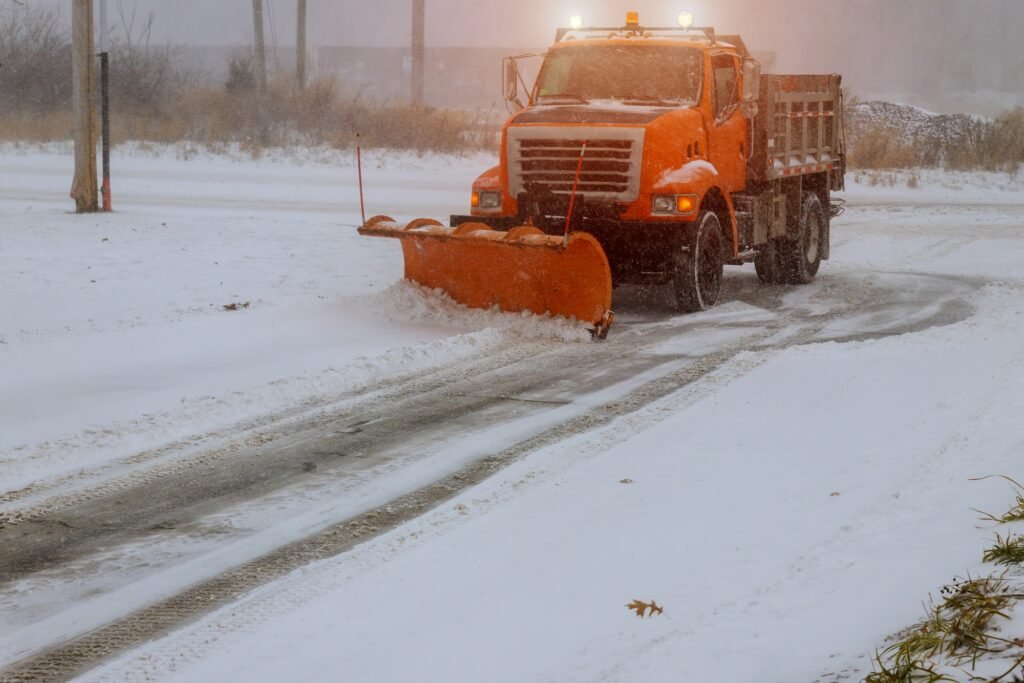Creating a gorgeous surrounding for your estate can greatly enhance its aesthetic appeal and worth. Nonetheless, many residents commit typical mistakes that can result in dissatisfaction and discouragement. Whether you are starting from scratch or attempting to refine an already established landscape, understanding the traps to avoid may save you time, money, and work in the end.
From neglecting the quality of the soil to choosing the inappropriate vegetation, each blunder can have lasting impact on your landscape design. In this write-up, we will discuss the top ten frequent mistakes people fall into when planning their property. Delivering guidance and tips to help you build and sustain a flourishing outdoor space that you may cherish for a long time. Let’s get started and guarantee your landscape endeavor is successful from the outset.
Choosing the Wrong Plants
Choosing the suitable plants is essential for a thriving garden, yet a lot of homeowners make the mistake of choosing based on looks alone. It's important to take into account the weather, ground type, and sunlight conditions of your property. Flora that prosper in one region may have trouble or fail completely in a different area. By comprehending the exact needs of your garden, you can make certain that the flora you choose will prosper and create a balanced environment.
Another common error is overlooking the adult size of plants. lawn and garden north vancouver purchase small plants without thinking about how large they will develop over time. This can lead to overcrowding and competition for resources, leading to unhealthy plants. To steer clear of this, it's important to research the ultimate size of any plants you consider, providing adequate space for each to expand to its maximum without hindrance.
Additionally, it's wise to avoid choosing flora solely for their decorative look without acknowledging their upkeep needs. Some plants may require frequent trimming, insect management, or special care, which can be an ongoing burden. Selecting low-maintenance plants can help you create a beautiful garden that is effortless to maintain, yielding you more time to appreciate your outdoor space rather than constantly attending to it.

Overlooking Soil Quality
One of the typical mistakes homeowners make when landscaping their property is overlooking the quality of their soil. Quality soil is the cornerstone for a successful landscape, as it facilitates plant growth and helps maintain moisture and nutrients. Failing to test and amend soil can lead to poor plant performance and ultimately a lackluster landscape. Understanding the pH, nutrient levels, and texture of your soil can guide you in selecting the right plants and establishing a solid foundation for your garden.
When the soil is ignored, issues such as compaction, drainage problems, and nutrient deficiencies can occur. Compacted soil can suffocate roots and limit their growth, while poor drainage can lead to saturated conditions that damage plants. Conducting a soil test allows you to identify these issues and make educated decisions, such as adding organic matter or adjusting pH levels to create an optimal growing environment for your landscape.
Ignoring soil quality not only affects the initial results of your landscaping efforts but can also have enduring impacts on the ecosystem of your yard. Good soil promotes biodiversity and nurtures beneficial organisms like worms and microorganisms that contribute to a vibrant landscape. By focusing on soil health, you can ensure that your landscaping project is beneficial, sustainable, and full of life for years to come.
Overlooking Adequate Drainage
Adequate drainage is essential for any landscape design. When water does not flow correctly, it can lead to a range of issues such as flooding, soil erosion, and root damage. When designing your landscape, it is important to assess the existing flow of water on your property and to incorporate features that will channel that water away from critical areas. If you neglect this aspect, you may find that your attractive plants and hardscapes are affected due to prolonged exposure to overflowing water.
Furthermore, poor drainage can influence the durability of your landscape features. Pavers, patios, and structures can weaken if water accumulates close to or beneath them, leading to fractures and various problems over time. Implementing adequate drainage methods, such as French drains, swales, or rain gardens, can help avoid these issues. Engaging with a specialist to design an optimal drainage system could protect you from expensive repairs and maintenance later on.
Moreover, overseeing your drainage system is just as important as its initial setup. Consistently check and clear any obstructions from gutters, downspouts, and drainage channels to make sure water can flow freely. Regular inspections can help identify any potential blockages or concerns that could lead to drainage issues. By focusing on drainage, you contribute to a healthier landscape that flourishes instead of fails.
